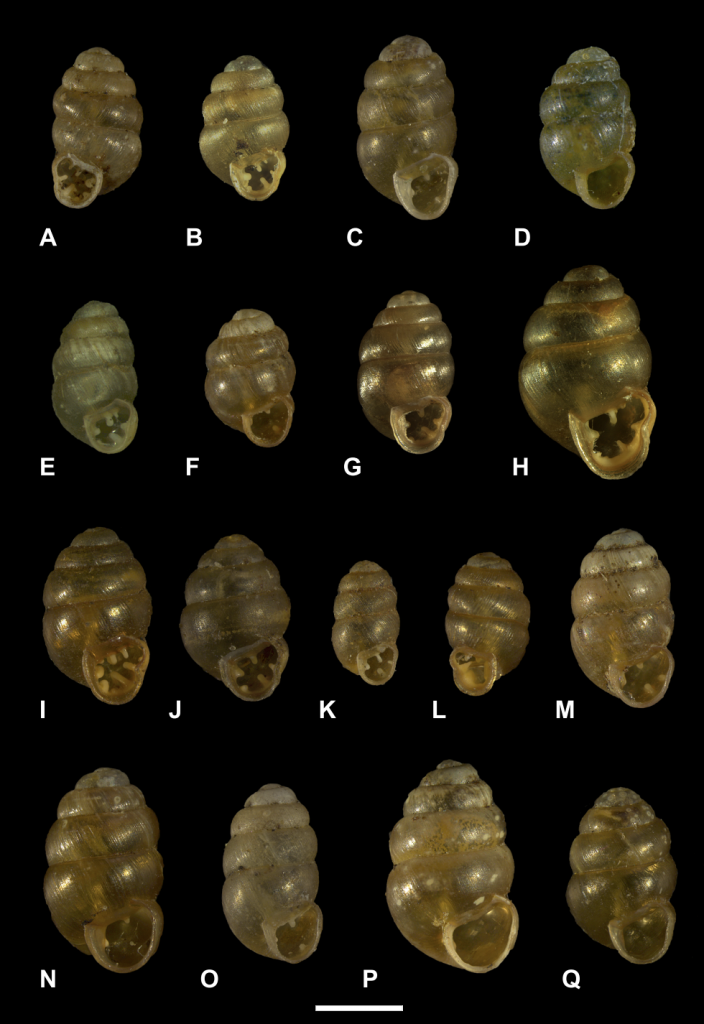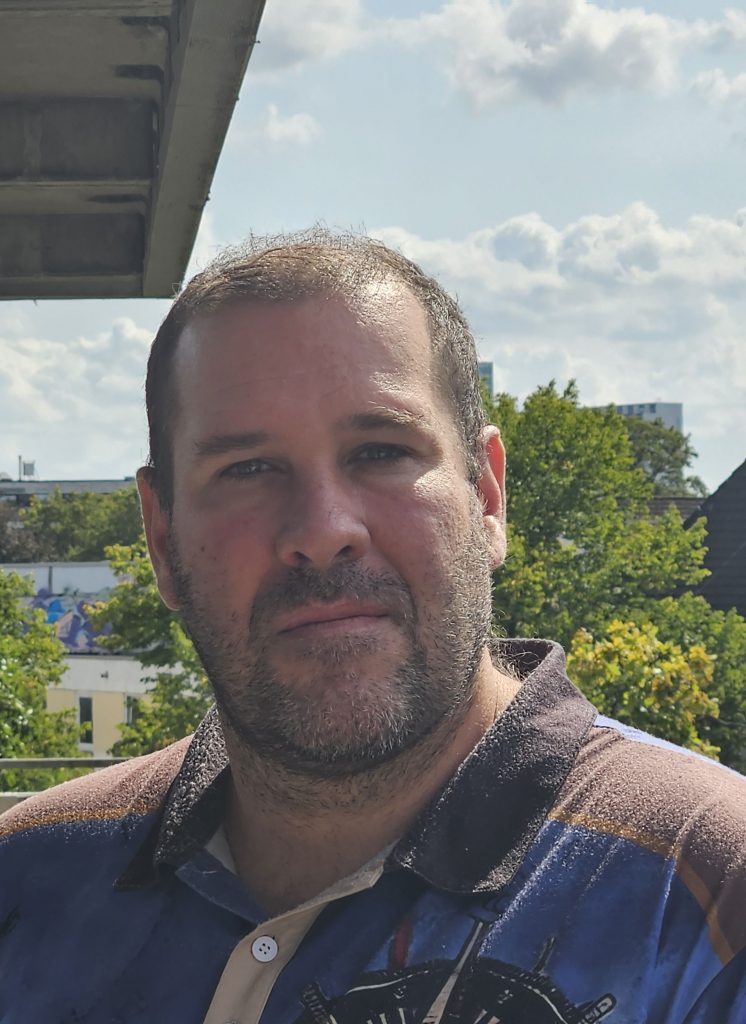Launched in January 2024 as one of the 12 projects funded by TETTRIS aimed at co-creating solutions that drive a profound transformation in taxonomy, TrAILSID is a pioneering initiative aiming to change how we identify land snails.
With €113,815 in funding, the project is developing a photo-based system that allows researchers, conservationists, and even citizen scientists to quickly and accurately identify various land snail species, helping improve conservation efforts globally.
The role of land snails
Land snails play a crucial role in ecosystems and some species, like those in the Vertigo Group, act as indicators of environmental health, revealing habitat changes. Currently, many land snail species are under threat due to habitat loss, climate change, and pollution.
In Europe, some Vertigo species are protected under the EU Habitats Directive which aims to protect Europe’s most vulnerable species and habitats by establishing conservation measures and creating protected areas. Meanwhile, places like Tenerife, known for their rich biodiversity, are home to numerous endemic species—organisms found nowhere else on Earth. Once these species are lost, they cannot be replaced, so accurate identification and timely conservation are critical.

About TrAILSID
TrAILSID (Training Artificial Intelligence Models for Land Snail Identification) is an ambitious initiative with a simple goal: making snail identification a fast, accessible and accurate process for everyone—from researchers to curious citizen scientists. The project is creating an AI model capable of identifying land snails from photographs to help speed up the identification process and help conservation efforts, whether in a lab or out in the field.
The initiative is split into two subprojects: training AI to recognise 17 species of Vertigo snails and expanding to cover around 100 species of land snails from Tenerife in the Canary Islands.
How will TrAILSID technology work?
At the heart of TrAILSID lies machine learning, a form of AI that enables computers to recognise patterns by processing large amounts of data. In this case, researchers photograph snail shells from different angles, feeding these images into the AI system, which learns to distinguish between species based on unique shell characteristics.
Once fully trained, the AI can analyse new photos—whether taken in the lab or the field— and rapidly identify the species with high accuracy.
By reducing the time and expertise required for species identification, this AI model can be used to meaningfully help natural history collections, ecological studies, and biodiversity monitoring efforts.

The team behind TrAILSID
The TrAILSID project is headquartered at the Leibniz Institute for the Analysis of Biodiversity Change (LIB) in Hamburg, Germany, and is led by an accomplished team of malacologists—specialists in the study of molluscs.
Leading the way is Prof. Dr. Bernhard Hausdorf, Curator of Malacology at LIB, who oversees the project and is passionate about the potential of AI to aid conservation efforts: “Land snails are a highly diverse group of animals that are often difficult to determine by non-experts. I am fascinated by the opportunity to employ state-of-the-art Artificial Intelligence technologies that allow people involved in conservation planning, working with natural collections, as well as citizen scientists to easily identify land snails with high accuracy and become interested in this fascinating group of animals.”
Dr. Marco T. Neiber, a senior researcher and co-applicant on the project, is responsible for taking the photographs of the snails, which are used for training and testing the AI models. He specialises in the systematics and phylogeny of land snails, with a focus on European and Macaronesian species. “The beauty and diversity of mollusc shells have always fascinated me. I’m excited to see how AI can accelerate species identification and make critical conservation data more accessible,” says Dr. Neiber.


The team is completed by Till Cunow and Mareike Ulrich, two students who assist in taking images and checking image quality.


What has TrAILSID accomplished so far?
In just six months, TrAILSID has successfully collected high-quality images of the 17 European Vertigo species, now being used to train the AI. These models, developed in collaboration with the Naturalis Biodiversity Center in Leiden (Dr Rita Pucci, Dr Vincent Kalkman), have shown excellent accuracy in initial tests..
The team has also started photographing the land snails of Tenerife, an essential step in expanding the AI’s capabilities to a broader range of species. Additionally, TrAILSID has organised workshops for conservation planners, students, and citizen scientists to teach them how to use AI tools effectively.
What’s next for TrAILSID?
With a solid foundation in place, TrAILSID is moving forward. The project continues to refine its AI models, tackling challenges like maintaining consistent image quality and managing the diverse characteristics of different snail species. The team is gathering more data on Tenerife’s land snails and incorporating user feedback to improve the system.
Additionally, TrAILSID will expand its workshop offerings to empower more people with the skills and knowledge to use AI for species identification.

